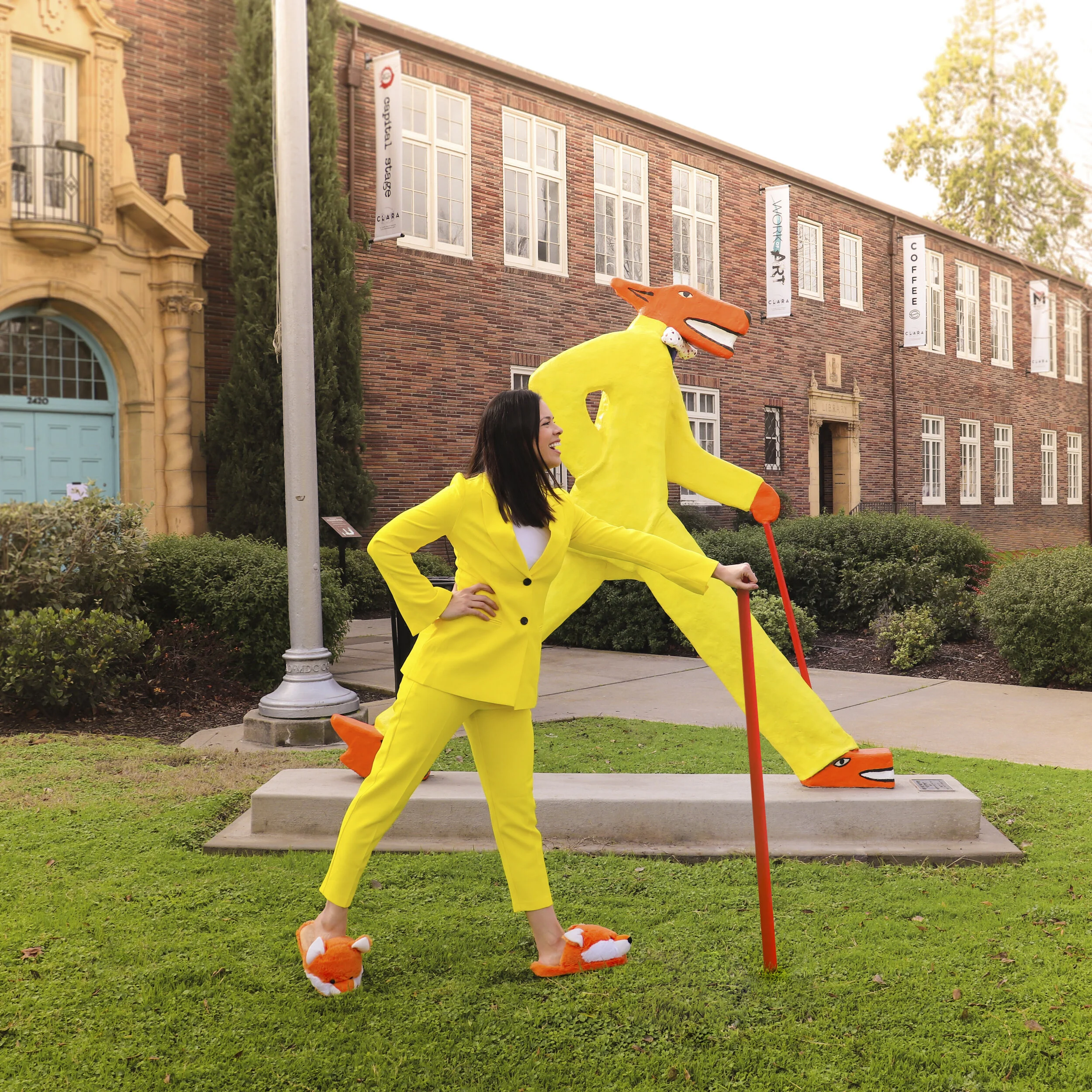Homie, Walking The Dogs
Gilbert “Magu” Luján was an influential Chicano sculptor, muralist and painter. He is described by UC Irvine’s University Art Gallery as one of the founding members of the Chicano artists collective Los Four and that he “is known for his coloration and visual explorations of Chicano culture and community that drew upon and brought to life various historic and contemporary visual sources with startling results: Pyramid-mounted low riders driven by anthropomorphic dogs traversing a newly defined and mythologized L.A.”
The University’s description continues to mention that Luján “was part of a small group of dedicated artists and intellectuals who set about defining a Chicano identity and culture as part of the Civil Rights movement of the 1960s… Luján combined two world-making concepts, Aztlán, the mythic northern ancestral home of the indigenous Mexican Aztecs that became a charged symbol of Chicano activism; and Magulandia, the term Luján coined for the space in which he lived and produced his work, and for his work as a whole. Together, Aztlán and Magulandia represented both physical spaces and the complex cultural, geographic, and conceptual relationships that exist between Los Angeles and Mexico and served as dual landscapes for Luján’s artistic philosophy and cultural creativity.”
"My art intentions, over the years, have been to use Mesoamerican heritage as well as implementing current popular Art and cultural folk sources as the content substance to make Chicanarte."
Luján was commissioned by SMAC to create Homie, Walking the Dogs, in 2000. The sculpture is made acrylic paint over fiber / steel and was once part of an extensive art collection on display at the Sacramento Convention Center. Due to a recent remodel, many of the pieces were dispersed, and this particular sculpture found a new home at CLARA, which is the E. Claire Raley Studios For The Performing Arts. You can find the piece at CLARA’s entrance on N Street, between 24th and 25th Streets.
The subject of the sculpture, the anamorphic dog, is a recurring leitmotif in Luján’s work. He often explored stereotypes and human folly with humorous analogies and puns.






